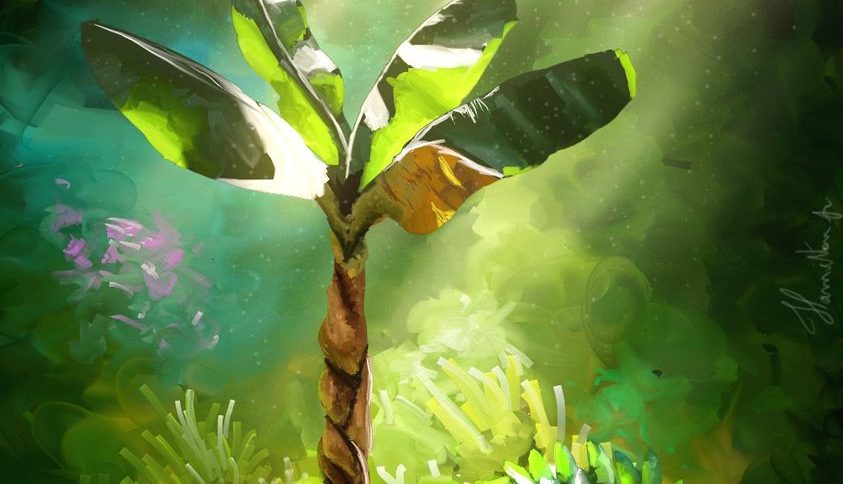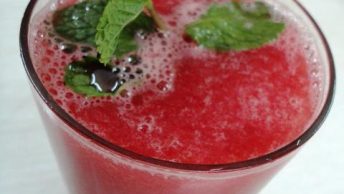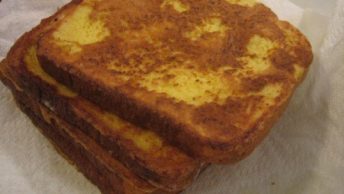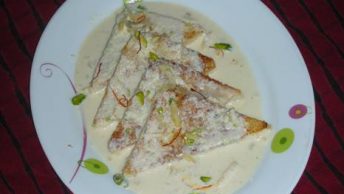KADALI (Plaintain)
(Musa paradisiaca)
Family: Musaceae
Sanskrit name: Kadali-phala
Hindi name: Kela
As the sheath
and branching leaves
of the plantain
are seen in its stem,
so You are the stem
of the universe,
and all is visible
in You.
~ Prayer to the Preserver
To Indians this tree is synonymous with plenitude. It is frequently planted in backyards so that its fruit, combs of bananas, can be offered to the gods in gratitude for the fertility with which they have blessed the earth.
In many parts of India the plantain is regarded as a reincarnation of the Goddess of Plenty herself, and whole living trees are made an integral part of the marriage ceremony . Their tapering trunks and generous leaves ceremoniously flank the entrance to the marriage arena. The posts and canopy of the wedding pavilion are made from its branches and leaves. The bridegroom is depicted in paintings as the plantain’s heavy crimson flowers, the bride blessed with clusters of bananas.
The plantain is also famed for its medical uses. Taken orally, fresh plantain sap is a purgative. When applied locally, it is a styptic. Because its leaves are easily disinfected, they are used as poultices for open wounds. The dense-textured
flowers are eaten as a delicacy, but when raw they are powdered into a medicine for gynecological ailments. The greenfruit is valued for its astringent and cooling qualities. The ripe banana, universally known to be rich in minerals and vitamins, is often pulped and given to convalescing patients because it is easily digestible, soothing the mucous membranes and providing a nutrient for haemoglobin.
Excerpted from The Garden of Life by Naveen Patnaik.
Illustration: Digital Art titled Banana Tree by contemporary artist Hamilton afjr.







